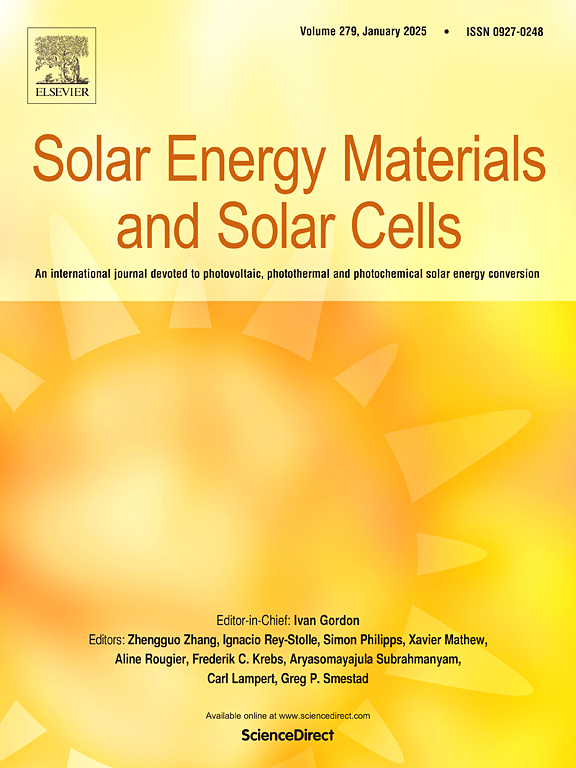Parametric operational analysis of hybrid thermo-electric/fluid-active thermal storage for domestic water heating system
IF 6.3
2区 材料科学
Q2 ENERGY & FUELS
引用次数: 0
Abstract
Heat storage is the heart of solar-based water heaters, making the development of this technology extremely important to improve the operational aspect of domestic water heaters. The present work proposes a new system configuration by utilizing hybrid thermo-electric to charge the heat storage material. The assessment is conducted in detail by comparing the typical arrangement of the system, which uses fluid-active operation. Moreover, high melting temperatures and the vast availability of storage material are employed to offer reliable results from this work for actual application. Key finding on the storage operation assessment shows the hybrid thermo-electric offers high charging efficiency, which ranges between 60.3 and 74.3 %, while fluid-active operation has maximum value of 33.9 %. The energy transfer rate becomes higher as the material is directly in contact with the heat source for hybrid thermo-electric operation, resulting in an excellent charge rating, particularly for high thermal capacity storage material. The finding shows that the technical limitation of using high melting temperature and thermal capacity material is solved by introducing a hybrid thermo-electric configuration. Also, the proposed model achieves a high system efficiency around 31–57 %. The manuscript also provides a technical comparison between the two systems, showing that hybrid thermo-electric is more favorable in terms of storage density and control process. Moreover, it reduces the number of components in the system and prevents complex installation. Overall, hybrid thermo-electric operation might be considered as cost-effective approach to maximizing the operation of domestic water heaters.
求助全文
约1分钟内获得全文
求助全文
来源期刊

Solar Energy Materials and Solar Cells
工程技术-材料科学:综合
CiteScore
12.60
自引率
11.60%
发文量
513
审稿时长
47 days
期刊介绍:
Solar Energy Materials & Solar Cells is intended as a vehicle for the dissemination of research results on materials science and technology related to photovoltaic, photothermal and photoelectrochemical solar energy conversion. Materials science is taken in the broadest possible sense and encompasses physics, chemistry, optics, materials fabrication and analysis for all types of materials.
 求助内容:
求助内容: 应助结果提醒方式:
应助结果提醒方式:


